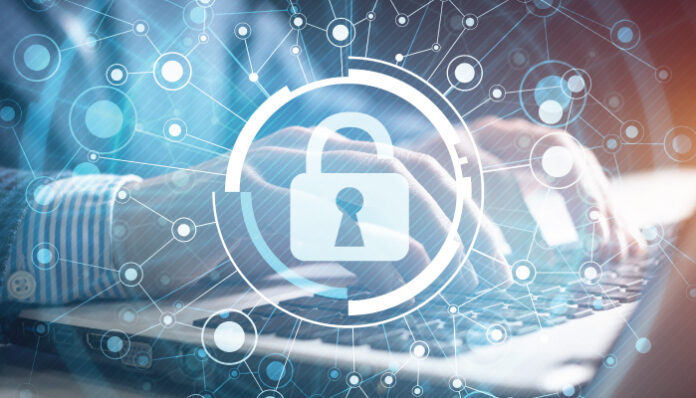Many cybersecurity experts are exploring opportunities to strengthen their cybersecurity posture by ingraining digital immunity into their business operations.
Businesses-critical operations are becoming increasingly dependent on technology. This is especially true in hybrid work environments where success is dependent on providing seamless digital experiences across every device, no matter where employees are based. Irrespective of the immense benefits of hybrid work models and large-scale adoption of the cloud, it has also exposed businesses to various threats and risks. There is a tremendous amount of data generated in the cybersecurity field today. Previously enterprises used to operate on very few insights from their data. Enterprises that want to develop a resilient business network need to have a data-driven defense strategy that acts as a digital immune system that enables them to stay secure from various sophisticated threats.

Also Read: Building a Healthy Security Culture in Today’s Hybrid Work Environment
The digital immune system is scalable, adaptable, and constantly evolving to adapt to business needs. Modern IT infrastructures need to have capabilities to respond to unknown attacks to keep their enterprise secure from unknown threats and vulnerabilities. Here are a few core elements of digital immune systems that cybersecurity veterans need to ingrain in their business operations:
Automatic testing
As the threat landscape is tremendously evolved, it has become a burden on the SecOps teams to identify and mitigate threats. Business security leaders need to explore opportunities to leverage artificial intelligence (AI) and machine learning (ML) driven technologies in their IT infrastructure to execute software testing without requiring a human to intervene. CISO, while achieving digital immune systems, needs to explore beyond the automated execution of these test cases. It is crucial for security leaders to have effective tools in place that automate the designing, deployment, maintenance, and evaluation of the test to reduce the workload on the workforce. Digitally immune systems are those that are capable of orchestrating these tasks and help them to ensure independence and autonomy for them.
Threat modeling
The threats for modern businesses have become more sophisticated, and it is crucial for enterprises to have a clear understanding of what threats they have to look after and implement strategies based on them. CISOs should consider evaluating their entire business operations to determine their threat landscape to understand which malicious actors have their evil eyes on the business network or sensitive data. Enterprises that do not have enough visibility in their threat landscape will not be able to set resilient cybersecurity strategies to secure them from various threats. Enterprises that want to achieve digital immune systems need to have effective threat modeling set to respond to any threat or vulnerability with resilience.
Efficient threat Detection and Response
The result of the threat models embraced needs to dictate the mix of enterprises’ security control. It is crucial for businesses to have effective security controls and technology integrated to have a resilient threat detection and response strategy. SecOps teams need to define stringent strategies that help them to ingest the relevant information to detect the attack logic of the threat actors and mitigate them from the roots to minimize their impacts of it. Another crucial aspect of a resilient digital immune system is the threat detection and mitigation strategies in place.
Also Read: Reasons Why Cybersecurity Compliance is Vital for Businesses
Continuous validation
The capability of the system to track the integrity of every dataset and system in the operational and IT ecosystems helps to determine the success of the digital immune systems. SecOps teams should consider integrating effective tools that help businesses to spot inconsistencies and suspicious behavior in real-time to mitigate threats immediately before they become serious threats to the organization.
These are the four core aspects that can be considered for an efficient digital immune system.
For more such updates follow us on Google News ITsecuritywire News. Please subscribe to our Newsletter for more updates.








